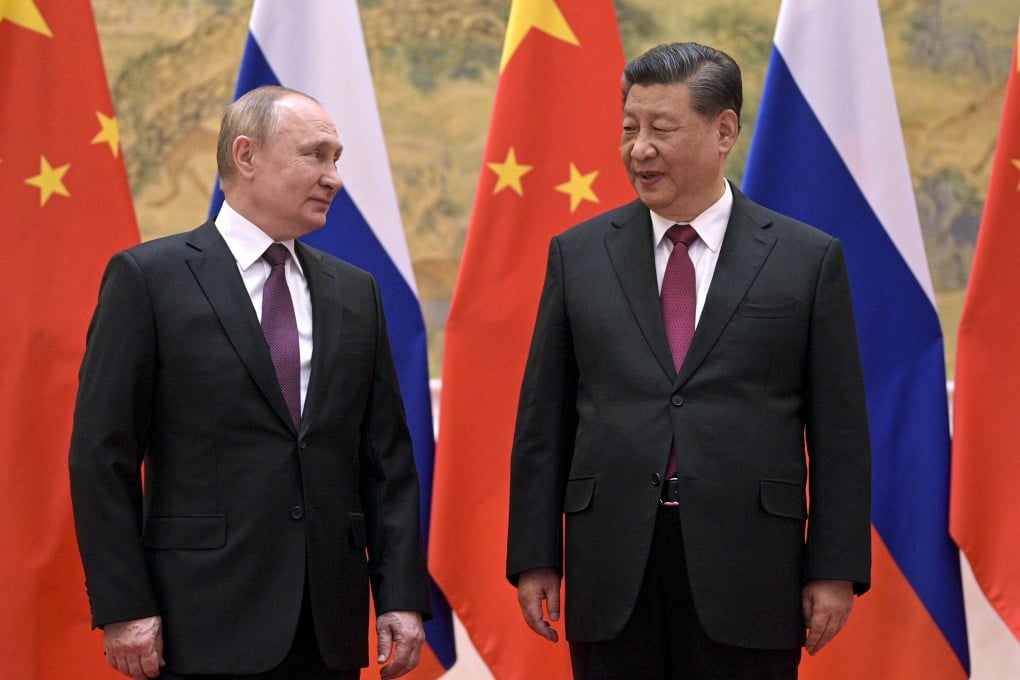Opinion | Belt and road: can China and Russia extend their Central Asian coexistence to the South Caucasus?
- The geopolitics of the South Caucasus makes it harder for Beijing and Moscow to share space there compared with in Central Asia
- Russia lacks a strategic motive to support the expansion of China’s presence in former Soviet regions if it does not help in its rivalry with the West

At first glance, it would seem so. China’s interests in the South Caucasus, just as in Central Asia, are oriented on the belt and road – the South Caucasus can be China’s shortest east-west route to Europe – and focused on business.
However, the geopolitics of the South Caucasus makes it harder for Beijing and Moscow to share space there, compared with in Central Asia.
With regard to maintaining Eurasian hegemony, geography makes the South Caucasus a more sensitive region for Russia than Central Asia. Azerbaijan, Georgia and Armenia have far more geographical access to non-Russian lands than Central Asian countries do.
Thus, unlike their Central Asian counterparts, they have been able to forge lasting economic bonds with other, non-Russian, powers. Moreover, it is usually Russia’s Western rivals that run the South Caucasus’ prime integration schemes, such as the European Union’s Eastern Partnership.

